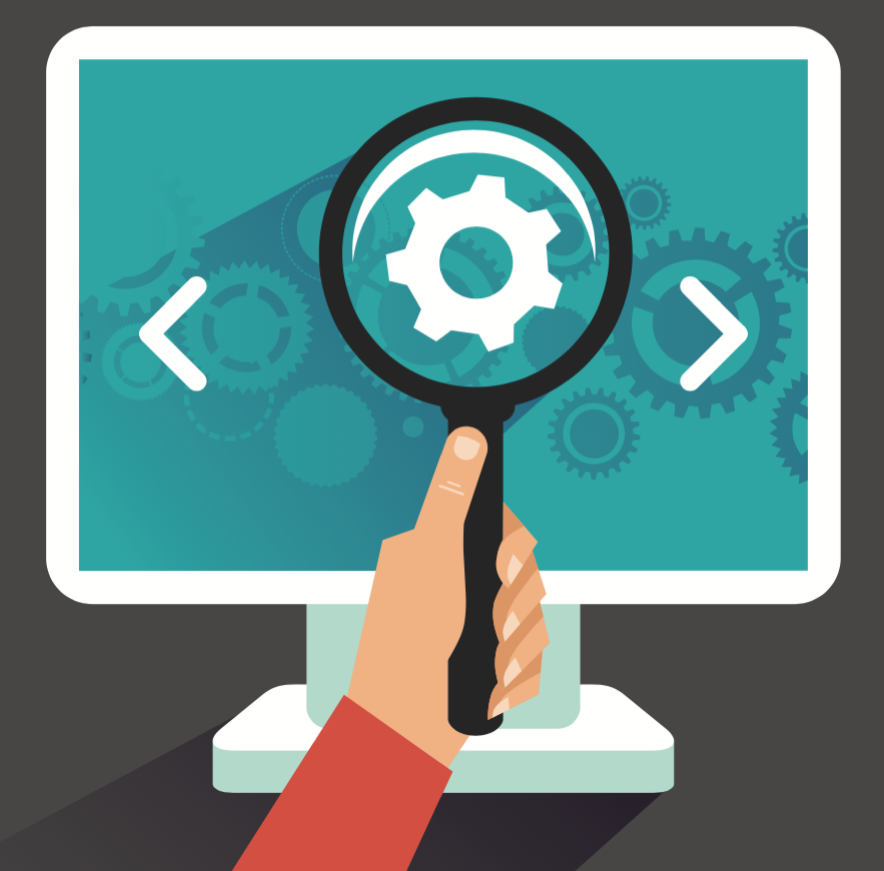Having to constantly worry about how your staff coordinates an event and communicates the details from one department to the next is the most common headache for caterers. From customer to sales to operations, everyone’s goal should be to ensure that a customer’s needs exceed their expectations.
That’s why the quality and accuracy of the information is so important. Everyone needs to use the same information and understand what it represents.
The most common types of shared information include:
• Event types
• Menu item names
• Event times
• Service ware and display pieces
• Service styles
Let’s discuss how you can hard-code event management software system using agreed-upon terminology and definitions.

Establishing terminology everyone agrees upon
Event management software allows users to set standards by creating common names and identifiers. Leadership teams from sales, accounting, and operations departments should work with pre-determined lists to create clear communication channels. It’s important to note that some data types function in a very specific way and can’t be changed. Others can be created and edited to fit a caterer’s particular business model.
This can be done using field names and the data contained within individual fields for every incident or event. They can also be stored for later review.
Let’s take, for example, the start and end times of an event. Caterers generally agree that events “start” when the guests arrive and “end” when the guests leave. These two unique times are hard-coded, allowing other decisions to be made around them. If entered correctly they can set an expectation for guests and operations.
Staffing managers need to know what time the event starts and ends so they can schedule the staff to be on site for setup and pre-shift meetings. The kitchen staff needs to know the same information for planning and sequencing a timeline to cook and serve food.
You may have the ability to change the name of this field from “start” to “guest arrival,” as this is the language your staff is accustomed to, but it doesn’t change the function of these times entered into the event in your software solution. Start means start and end means end. Everyone on the team needs to know the significance of these times when they appear on an event document.
The catering + events show of the year is back! James Beard Award winners, TED style keynotes, influencers galore, and food for days. See all that’s in store here!
Hard-coding is relevant to more people aside from software engineers. High-operating caterers “hard code” definitions of event data. Let’s say you are the person responsible for selecting from a list of specific themes for an event, such as a wedding, reception, or picnic. The theme you select will operate as a trigger word for your staff. When it appears on their paperwork or in an operations meeting, everyone will have a clear expectation of the event and what will be asked of them by department.
Software can make decisions based on that selection based on “rules” which can be established and coded by the user in their system. It is the process of “if this happens then that happens” and down the line.
You don’t have to do this work in your head anymore. Software can help.
Before you can really put a system to use, the system administrator and leadership teams need define what each field name means and label it in a manner that’s universally understood by the entire team.
The benefits of hard-coding
“Hard-coding,” or defining what data means, is important because it creates a corporate language that everyone on your team can pull from. No one enjoys being lost in translation.
This isn’t exclusive to your existing team members. A robust, user-friendly software system can be used as a training tool for new employees, who will be able to familiarize themselves with your terminology and categorization.
Another benefit of hard-coding your data is event efficiency. It’s a great way to increase the speed of your event production.
It also establishes known criteria for evaluating operations and financial snapshots and allows you to forecast using similar or common data.
When everyone uses the same dictionary, consistency happens. This dictionary is the tool that will take you to the next level of business.
See John Reed at Catersource! Click here for his session and here for more information on registration.



